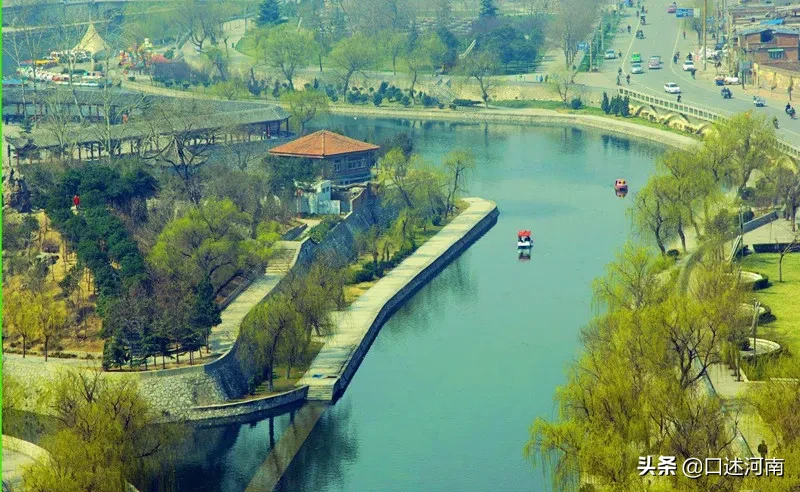Xinxiang, Henan: Weihe Shipping and Hongyu Iron Works
Author Shang Xuede
The Wei River is an ancient river that originates at the foot of the Taihang Mountains and is called the Wei River because it flows through the ancient Wei Kingdom.
During the Ming Dynasty, due to the need for a large number of bricks and tiles for the construction of the Imperial City of Beijing and the Weihui Mansion, a ten-mile cellar farm was built in the northwest of Xinxiang, and the Weihe River shipping began to flourish. In particular, after the construction of the Pinghan Railway and the Daoqing Railway, it has become a transshipment terminal for tianjin and other places.
In the early days of the Republic of China, some national capitalists took a fancy to the feng shui treasure land of navigation on the Wei River and invested in factories on both sides of the Wei River.
In 1928, following the construction of the Xinxiang Flour Mill on the north bank of the Wei River, the Hongyu Iron Training Factory, invested by Sun Zhonghe, Hu Shiqing, Wang Shatuan and others, began construction on the west side of the Pinghan Railway, which was close to the west of the flour mill. Hongyu IronWorks east of the Pinghan Railway, south of the Weihe River, covers an area of more than 100 acres, built factories, office buildings, dormitories, warehouses, etc., the factory area has more than 50 square meters of iron-making furnaces, boiler rooms, blowers and other equipment.
After the September-8 Incident, the whole country set off a climax of the Anti-Japanese War, and a large number of patriotic people came to the Central Plains from the northeast, Pingjin, Taiyuan, and other places to publicize the anti-Japanese salvation movement; some Kuomintang leftist figures also came to Xinxiang to prepare for the establishment of an army factory at the Hongyu IronWorks, and a group of technicians from the Hanyang Arsenal in Hubei Province were drawn to the Hongyu Ironmaking Plant.
At that time, Xinxiang was located in the combined part of the Kuomintang First Theater and the Second Theater, and the Eighth Route Army led by the Communist Party of China came under the jurisdiction of the Second Theater. At the suggestion of Kuomintang patriot Li Shizhang, Cheng Qian, then commander of the Kuomintang First Theater, invited Zhu Rui to Xinxiang and created the "Liaison Office of the Eighth Route Army in the First Theater." Zhu Rui was a member of the Military Commissar of the Northern Bureau of the Communist Party of China, participated in the Long March, and joined the Communist Party in the early twenties when he studied in the Soviet Union, and was a rare military talent in the Communist Party.
After Zhu Rui arrived in Xinxiang, he actively united forces from all walks of life and joined forces with Kuomintang patriots Guo Zhongkui, Zhang Yi, Li Shizhang, and others to create the country's earlier "Xinxiang All Walks of Life Anti-Japanese War Mobilization Committee."
With the support and help of Zhu Rui, some Kuomintang patriots also established anti-Japanese armed forces in the Hongyu Iron Smelting Plant, which was later incorporated into the jurisdiction of the Second Theater.
In the later period of the War of Resistance Against Japanese Aggression, due to years of war, the equipment in the factory was seriously damaged and forced to stop production, and after liberation, it was changed into the second steelmaking plant in Xinxiang City, the warehouse of the metal recycling company, etc. At the end of the twentieth century, it was rebuilt into Jinrong Community in the transformation of the old city. #新乡头条 #
